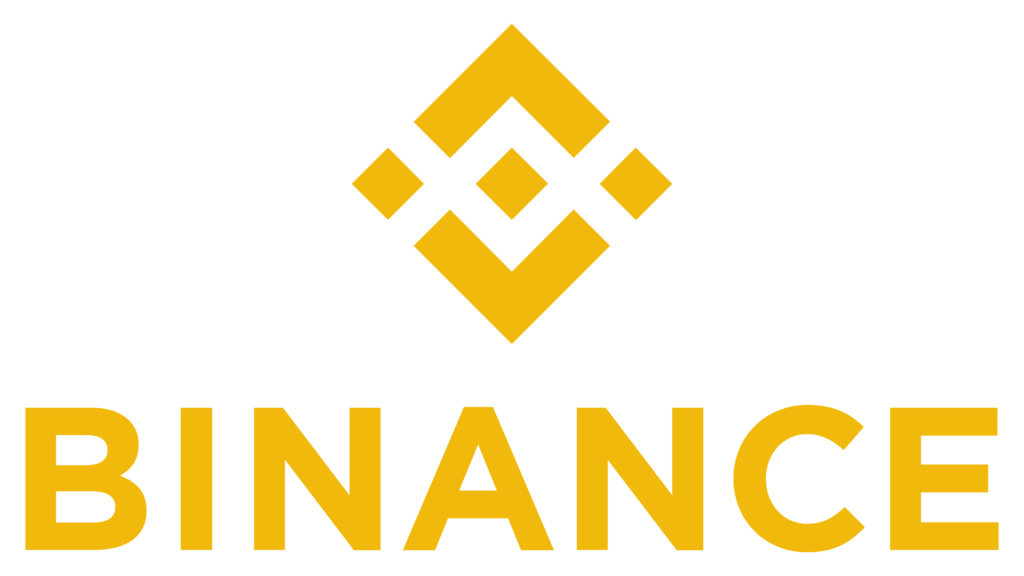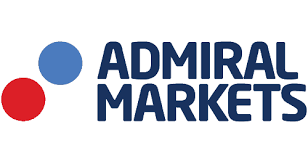Investing in the stock market can be a daunting task, particularly for beginners. The volatility and unpredictability of the market can make it difficult to time your entry and exit points accurately. However, one strategy that can help mitigate the impact of market volatility is dollar cost averaging (DCA).
What is Dollar Cost Averaging?
Dollar cost averaging is an investment strategy that involves consistently investing a fixed amount of money into a particular investment vehicle (such as stocks) at regular intervals, regardless of the market price. By doing so, investors buy more shares when prices are low and fewer shares when prices are high. This approach minimizes the risk of making poorly timed investments and helps smooth out the impact of short-term fluctuations.
Benefits of Dollar Cost Averaging
Dollar cost averaging offers several benefits, including:
- Eliminates the need for market timing: Timing the market is notoriously difficult and often leads to costly mistakes. DCA allows investors to take a long-term approach, focusing on the overall trend rather than short-term price movements.
- Reduces the impact of market volatility: By investing a fixed amount regularly, investors buy more shares when prices are low and fewer shares when prices are high. This helps smooth out the impact of market volatilities, reducing the risk of significant losses.
- Disciplined approach to investing: DCA instills discipline in investors, ensuring they consistently set aside funds for long-term investments. This helps avoid impulsive and emotional investment decisions.
How to Implement Dollar Cost Averaging
Implementing dollar cost averaging is a straightforward process. Here are the practical steps to get started:
- Set a budget: Determine the amount you are comfortable investing periodically. This can be a fixed dollar amount or a percentage of your income.
- Select your investment vehicle: Choose an investment vehicle that aligns with your financial goals and risk tolerance. This could be individual stocks, exchange-traded funds (ETFs), or mutual funds.
- Establish a regular investment schedule: Decide how frequently you want to invest. It can be monthly, quarterly, or any interval that suits your financial situation. Consistency is key.
- Automate your investments: To ensure consistency, set up an automatic investment plan with your broker or financial institution. This way, your chosen investment amount will be deducted from your account regularly without any manual intervention.
Dollar Cost Averaging vs. Lump Sum Investing: A Comparison
When it comes to investing, there are alternatives to dollar cost averaging, one of which is lump sum investing. Here’s a table comparing the two strategies:
| Dollar Cost Averaging | Lump Sum Investing | |
|---|---|---|
| Investment Approach | Consistently investing a fixed amount at regular intervals. | Investing a large sum of money in a single transaction. |
| Market Timing | Eliminates the need for market timing. | Requires accurate timing to maximize returns. |
| Impact of Volatility | Reduces the impact by buying more shares when prices are low. | Exposes the investment to immediate market volatility. |
| Discipline | Instills discipline by consistently investing over time. | Requires discipline to refrain from impulsive decisions. |
Frequently Asked Questions
Q: Are there any downsides to dollar cost averaging?
A: One potential downside of dollar cost averaging is that you may miss out on significant market gains if the stock consistently increases in value over time. However, the goal of DCA is to minimize risk rather than maximizing returns.
Q: Can dollar cost averaging be applied to other investment types?
A: Yes, dollar cost averaging can be applied to a wide range of investment types, including bonds, index funds, and other financial instruments. The key is to consistently invest a fixed amount at regular intervals.
Q: How long should I continue dollar cost averaging?
A: Ideally, dollar cost averaging should be viewed as a long-term investment strategy. It is recommended to continue the approach as long as you have a long-term investment horizon.
Conclusion
Dollar cost averaging is a simple and effective strategy for stock market investing. It allows investors to mitigate the impact of market volatility, eliminate the need for market timing, and maintain a disciplined approach to investing. By consistently investing a fixed amount at regular intervals, individuals can build their investment portfolios over time while minimizing the risk of making poorly timed investment decisions. So, whether you are a beginner or an experienced investor, consider incorporating dollar cost averaging into your investment strategy to achieve long-term financial goals.







